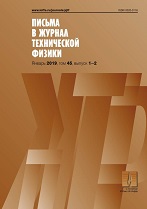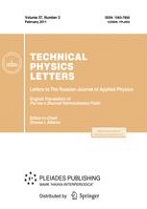|
An analysis of the hydrogen embrittlement resistance of aluminum alloys
D. A. Indeitsev, E. V. Osipova
Institute of Problems of Mechanical Engineering, Russian Academy of Sciences, St. Petersburg
Abstract:
By means of quantum chemistry, it is established that tungsten and rhenium are most effective alloying elements capable of increasing the resistance of aluminum alloys to hydrogen-induced embrittlement. Tungsten (W) and rhenium (Re) atoms produce strong compression of aluminum lattice, while having sufficiently large covalent radii. In addition, each W and Re atom forms stable chemical bonds with 12 surrounding Al atoms. As a result, W and Re dopants strongly bind Al atoms, thus significantly increasing the energy of vacancy formation and suppressing the process of hydrogen-induced embrittlement. The main mechanical properties of the most hydrogen-resistant aluminum compound, WReAl$_{24}$, have been calculated using the density functional theory.
Keywords:
hydrogen-induced embrittlement, density functional theory, aluminum alloys.
Received: 28.09.2020
Revised: 28.09.2020
Accepted: 07.11.2020
Citation:
D. A. Indeitsev, E. V. Osipova, “An analysis of the hydrogen embrittlement resistance of aluminum alloys”, Pisma v Zhurnal Tekhnicheskoi Fiziki, 47:4 (2021), 15–18; Tech. Phys. Lett., 47:2 (2021), 170–173
Linking options:
https://www.mathnet.ru/eng/pjtf4852 https://www.mathnet.ru/eng/pjtf/v47/i4/p15
|


| Statistics & downloads: |
| Abstract page: | 66 | | Full-text PDF : | 39 |
|





 Contact us:
Contact us: Terms of Use
Terms of Use
 Registration to the website
Registration to the website Logotypes
Logotypes








 Citation in format
Citation in format 